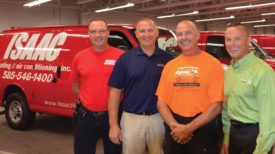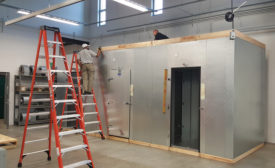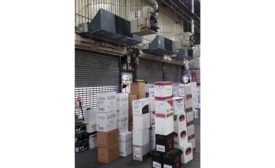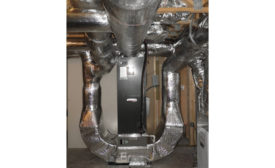Articles by Maria Taylor
HVACR Students Get Hands-on Experience Building Their Own Training Equipment
Need a Lab? Why Not Build a Lab?
Read More
HVAC Contractors Talk Today’s Thermostat Market
In residential and commercial settings, smart and Wi-Fi thermostats are becoming more mainstream
Read More
Online Scheduling Platforms Help HVAC Contractors Customize Customer Care
Click HERE to schedule service
Read More
Case Studies Show How Green Technology Helps Commercial Buildings
When Going Green Is Just Good Business
Read More
Copyright ©2024. All Rights Reserved BNP Media.
Design, CMS, Hosting & Web Development :: ePublishing










